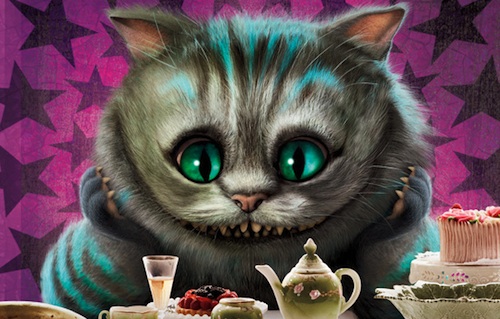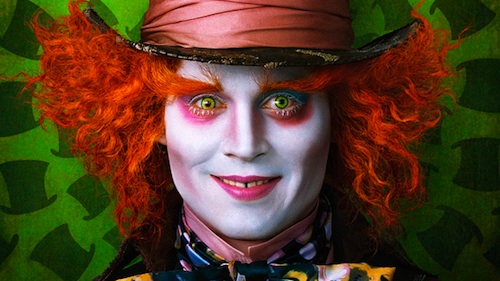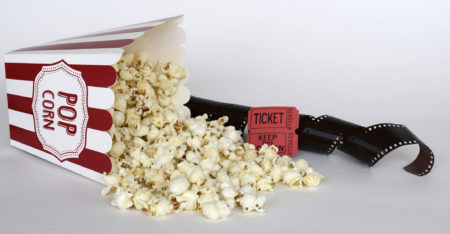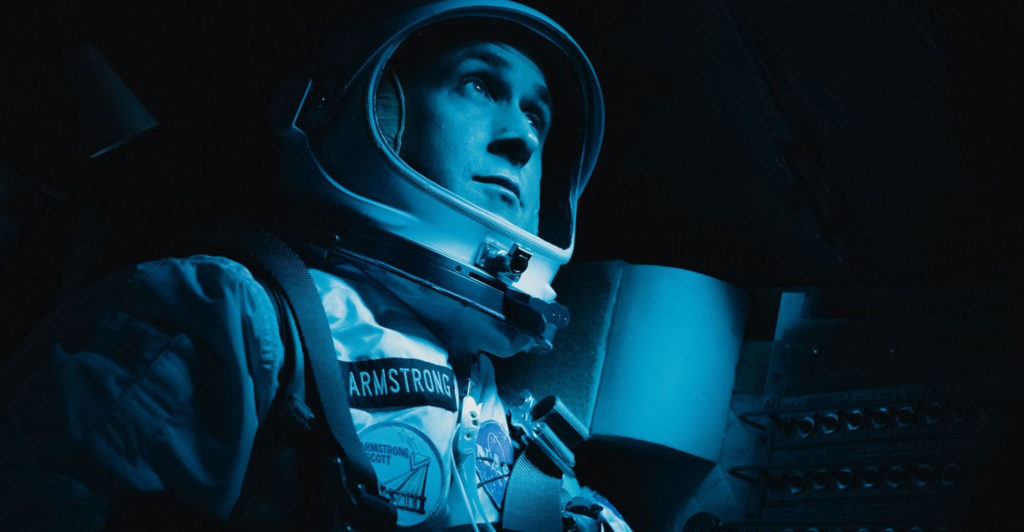
Lewis Carroll’s classic books have inspired countless pieces of popular culture over the years — movies as diverse as Terry Gilliam’s Jabberwocky and an animated 1951 Disney Alice in Wonderland film, computer games like American McGee’s Alice, and even a concept album by Tom Waits. But of all the artists to take a crack at Alice’s Adventures in Wonderland and Through the Looking Glass, Tim Burton seems like the one the best suited to the task.
The pairing of Burton’s quirky, surreal moviemaking style with Carroll’s madcap stories is a dream match on paper. In reality, Alice In Wonderland disappoints as deeply as the combination of Burton’s direction with Roald Dahl’s material in Charlie and the Chocolate Factory (2005) did, and for much the same reason.
Burton couldn’t trust in the internal logic of Dahl’s book and burdened it with a needless sub-plot about Willy Wonka’s daddy issues. It’s a mistake repeated in Alice in Wonderland, which imposes the straitjacket of a three-act Hollywood script and formulaic character arcs onto Carroll’s lunacy. Burton squeezes most of the wonder out of the texts in a movie that is as hollow as it is pretty. In his hands, a gloriously nonsensical and idiosyncratic piece of Victorian literature has become production line fodder for Walt Disney Pictures.
Alice in Wonderland, as told by Tim Burton, is a straightforward fairy tale about a fight between good and evil, book-ended by a pedestrian coming-of-age story. The tale picks up a number of years after the Carroll books, with Alice as a young woman on the verge of being pushed into an arranged marriage.
As she runs from a suitor who proposes to her in public on bended knee, she tumbles down the rabbit hole where she is reunited with all the strange creatures that inhabit Wonderland (though for some inexplicable reason, Burton has decided that this bizarre parallel universe is actually called Underland). Alice is tasked with retrieving the Vorpal blade to slay the Jabberwock, in a retread of countless action-fantasy films we’ve seen in recent years.
Burton has openly said that he has little affection for Carroll’s original material and that the changes he has made to structure of the story give it an emotional hook it never had before. Though it’s understandable that some changes and additions may be needed to make a compelling film from a 135-year old book, Burton’s alterations simply didn’t work for me.
The order he has imposed on Wonderland stifles it. It’s not often that one would criticise a movie for making too much sense, but that’s exactly the problem with Alice in Wonderland. Rather than curiouser and curiouser, it’s a case of more and more mundane.
Gone is the episodic feel of Carroll’s books, most of the wordplay, the parodies of Victorian convention, the randomness and insanity. It’s all replaced instead by pat plot resolutions and trite character motivations. Everything fits together, everything happens for a reason, but the film feels empty of any real warmth or humour. The Mad Hatter tells Alice in one scene that she’s lost her “muchness”. That sums it up perfectly.

The performances are a mixed bag. Young Aussie actress, Mia Wasikowska, plays the 19-year-old Alice. Her insipid performance makes it difficult to make any sort of connection with a character that is on screen in nearly every frame of the film.
Long-time Burton collaborators Helena-Bonham Carter, Burton’s wife in real life, and Johnny Depp, godfather to Burton’s child, have major parts in the film. I can’t help thinking that Burton needs to make his circle a bit bigger — constant casting of the same actors in similar roles is one reason his films have started to become predictable, even boring.
Thanks to great visual design and the make-up department, Johnny Depp looks the part of the Mad Hatter. But apart from the occasional lapse into a bizarre Scots accent, Depp seems merely to be moping through the motions.
Depp plays the role as more of an emo hatter than a mad one — he turns in much the same performance he has in every Burton movie he has starred in since Edward Scissorhands. Not that all the blame is on Depp’s shoulders: he is given a one-dimensional character with far too much screen time and awful dialogue to work with.
Many of the supporting actors do good work, however. Bonham-Carter, who has appeared in every Burton feature film since Planet of the Apes in 2001, has great fun hamming it up as the Red Queen. Her performance channels Miranda Richardson’s Queenie in Blackadder II, often to hilarious effect. Stephen Fry’s buttery voice is perfect for the smug but smart Cheshire Cat and Alan Rickman’s cryptic, hookah-smoking caterpillar is equally delightful.
It is a pity that the script and many of the performances let Alice in Wonderland down so badly. The visuals are among the most memorable that Burton has created — by turns, twisted, magical, and dreamy. They’re dense with detail and bursting with colour, but without being as garish of those of Charlie and the Chocolate Factory. The character designs are especially wonderful.
I saw a 3D print of Alice in Wonderful. Though I was sold on the seamless and immersive use of 3D in Avatar, I felt that it was a needless distraction in Alice in Wonderland. There are a couple of scenes that impress in 3D — notably the initial descent into the rabbit hole — but for the most part, the 3D effects feel unnatural. I suspect the colours will be richer and the images sharper in 2D.
The pleasure of Carroll’s original works lies in how open they are to interpretation — they mean whatever you want them to because they’re not meant to mean anything at all. They’re not moralistic and didactic; you can even say they have no point. Burton’s version of Carroll’s flighty and ethereal world pins it down and makes it feel as lifeless a mounted butterfly. But at least it’s still beautiful to look at. — Lance Harris, TechCentral
The first film version of Alice In Wonderland was made more than 100 years ago:
- Subscribe to our free daily newsletter
- Follow us on Twitter or on Facebook




